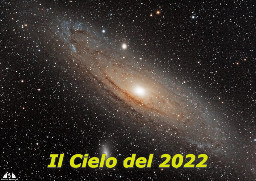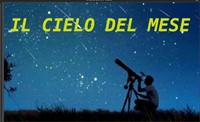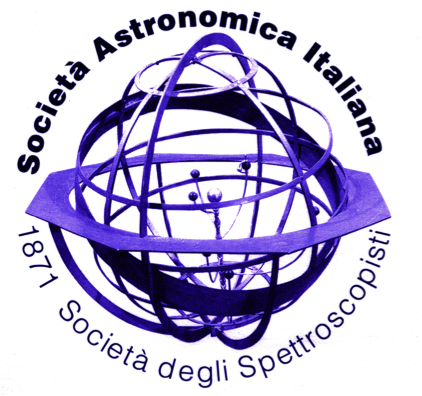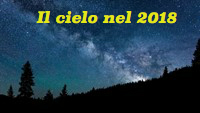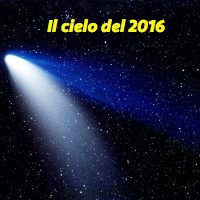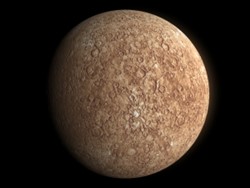The recent detection of gravitational waves by the Laser Interferometer Gravitational-Wave Observatory (LIGO) came from two black holes, each about 30 times the mass of our sun, merging into one. Gravitational waves span a wide range of frequencies that require different technologies to detect. A new study from the North American Nanohertz Observatory for Gravitational Waves (NANOGrav) has shown that low-frequency gravitational waves could soon be detectable by existing radio telescopes.”Detecting this signal is possible if we are able to monitor a sufficiently large number of pulsars spread across the sky,” said Stephen Taylor, lead author of the paper published this week in The Astrophysical Journal Letters. He is a postdoctoral researcher at NASA’s Jet Propulsion Laboratory, Pasadena, California. “The smoking gun will be seeing the same pattern of deviations in all of them.” Taylor and colleagues at JPL and the California Institute of Technology in Pasadena have been studying the best way to use pulsars to detect signals from low-frequency gravitational waves. Pulsars are highly magnetized neutron stars, the rapidly rotating cores of stars left behind when a massive star explodes as a supernova.Einstein’s general theory of relativity predicts that gravitational waves — ripples in spacetime — emanate from accelerating massive objects. Nanohertz gravitational waves are emitted from pairs of supermassive black holes orbiting each other, each of which contain millions or a billion times more mass than those detected by LIGO. These black holes each originated at the center of separate galaxies that collided. They are slowly drawing closer together and will eventually merge to create a single super-sized black hole.As they orbit each other, the black holes pull on the fabric of space and create a faint signal that travels outward in all directions, like a vibration in a spider’s web. When this vibration passes Earth, it jostles our planet slightly, causing it to shift with respect to distant pulsars. Gravitational waves formed by binary supermassive black holes take months or years to pass Earth and require many years of observations to detect.
Sorgente: Pulsar Web Could Detect Low-Frequency Gravitational Waves | NASA


